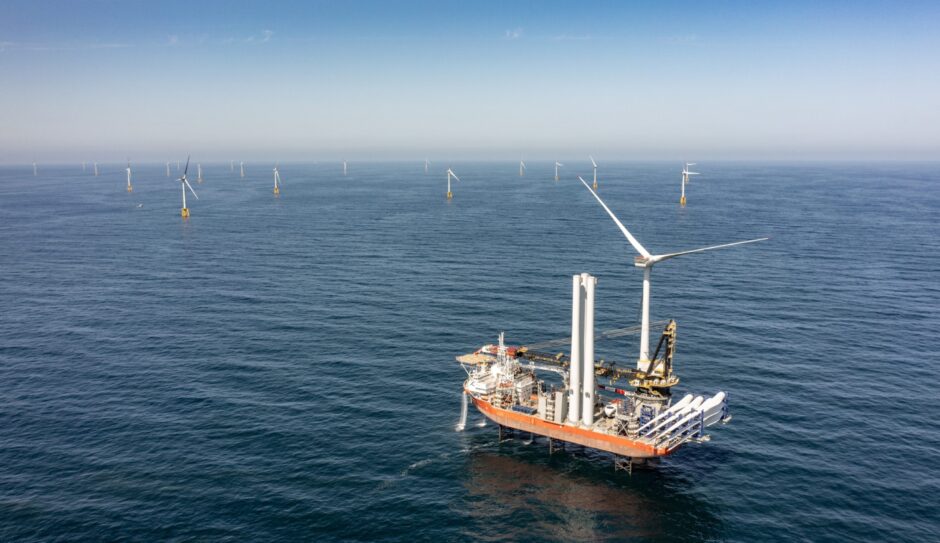
Following last week’s UK elections, a new government is coming into power, and while setting challenging, ambitious targets might set the tone politically, it will not aid project delivery unless these targets are underpinned by real policy support.
Only a meaningful understanding of challenges and obstacles has the power to unlock the UK’s potential and create the certainty the sector must have to deliver real energy security.
Establishing clear policy and commitments will have a greater impact than setting targets, which are often more about political ambition.
Real engagement with the sector is essential, and acting on this intelligence is the most effective way to remove barriers to innovation and delivery.
Not only is this a factor for energy generation but also it would help realise the potential of emerging clean energy sources, such as hydrogen and floating offshore wind.
In the race to net zero, it is important for the UK to pursue a range of technologies and to maximise the use of them all.
There is no single perfect solution to aid this transition.
A combined approach that includes engagement and collaboration among all stakeholders, government and industry leaders is necessary.
These emerging technologies need to be supported in the same way that other clean energy technologies were in the past, and this would provide a massive opportunity for the UK to continue to be at the forefront of the green energy revolution.
Offshore wind
One crucial technology that requires policy change and support to allow it to remain at the forefront of this revolution is offshore wind, which will also bring benefit to the port and vessel infrastructure needed to support its continued growth.
The recent RenewableUK Global Offshore Wind conference in Manchester was titled ‘Coming of Age’ to reflect the progress made since the first turbines were installed in UK waters at Blyth almost 24 years ago.
While offshore wind is a UK success story (we have the second largest offshore wind market in the world and over 40% of all European offshore wind capacity), the UK government suggests that up to 125 GW may be necessary to meet the 2050 net zero target.
Many of the discussions in Manchester focused around issues that have been a challenge for a number of years and that need distinct focus to unlock the sector’s true potential.
Delivered correctly and collaboratively, the future growth of offshore wind can be not only a cornerstone of the UK’s green economy but also a vital part of our drive to achieve net zero.
UK renewables potential
So where do we need to start?
Primarily, the new UK government needs to confirm its support for offshore wind and, more widely, clean energy across the UK.
In the lead up to last week’s election, the new government outlined a commitment to quadrupling the installed capacity of offshore wind, trebling the amount of solar and doubling the capacity of onshore wind by the end of this decade, meaning that the target for offshore wind could lie at 55 GW at the end of this decade, up from the current installed capacity of almost 14 GW.
Let’s look at what is effective and what isn’t.
The UK’s support mechanism for renewable energy, the Contract for Difference (CfD), has a proven track record for driving investment into a range of technologies and projects.
To date, the CfD has played an important role in increasing UK energy security and delivering progress towards net zero.
However, the last CfD allocation round, AR5, was seen by many as a disaster for offshore wind – the fact that no offshore wind projects bid into AR5 clearly demonstrated the challenges faced by the sector.
Global competition, increasing costs of capital and inflation all contributed to the headwind.
There are only two allocation rounds left to contract the capacity needed to meet the 2030 targets, so the CfD framework must ensure that we can continue to enhance our energy security while keeping costs necessarily as low as practicable for the consumer – this becomes an even greater challenge if the target is increased to 55 GW.
CfD technology pots
Despite the problems encountered with AR5, the CfD process is not broken – it is how CfDs are allocated that needs better consideration.
Splitting the pots by technology will allow the onshore technologies to be clearly separated from offshore wind.
This will bring certainty to both the sector and the supply chain and will reduce the risk of offshore wind projects losing out in future allocation rounds.
The latter point is key: without all eligible offshore wind projects in development progressing to construction, we will get nowhere close to 55 GW by 2030 (perhaps even missing the 40 GW mark).
Providing greater certainty will also have a knock-on benefit for the supply chain.
A recent report for the Department for Energy Security and Net Zero in April 2024 warned that our net zero targets risk being missed due to supply chain issues – wind turbine generator foundations, high-voltage electricity cables, port capacity and installation vessels all feature prominently in these concerns.
Offshore wind projects in the UK compete with European, American and Far Eastern projects, as well as oil and gas, interconnectors and electricity networks.
Suppliers are understandably reluctant to invest in new capacity in the face of uncertainty, so it isn’t just the supply chain that would benefit from sector-specific allocation pots – skills-related constraints are particularly acute across all renewables technologies, and there is tremendous national and international cross-sectoral competition for talent.
More visible long-term support would strengthen the business case for the development of port infrastructure and the building of installation vessels, both of which would come with ancillary benefits to the UK.
Offshore installation vessels
In particular, the latter was highlighted by WindEurope in 2022 as likely to become a critical constraint by 2028, with some offshore wind developers already reporting a fourfold increase in vessel costs due to the shortage of suitable vessels.
Investing money now (potential government-owned vessels or long-term finance arrangements) not only would mitigate this to an extent but also may stimulate the UK’s ship building sector.
Furthermore, the ever increasing size of offshore wind turbine generators poses growing challenges to existing vessels owing to the ever-increasing capacity of those turbines, which may reach 20 MW in capacity by the end of the decade – a far cry from the 2 MW units first deployed on Blyth at the turn of the millennium.
New, and more, vessels are needed – and fast.
The growth of the offshore wind industry in the UK to date is something that we can be justifiably proud of, but we need industry, the government and our local communities to work together to resolve the support and supply chain challenges and to help us meet our future aspirations.
Kit Hawkins is an RSK renewables director who began his career in the offshore wind sector almost 20 years ago.
Recommended for you

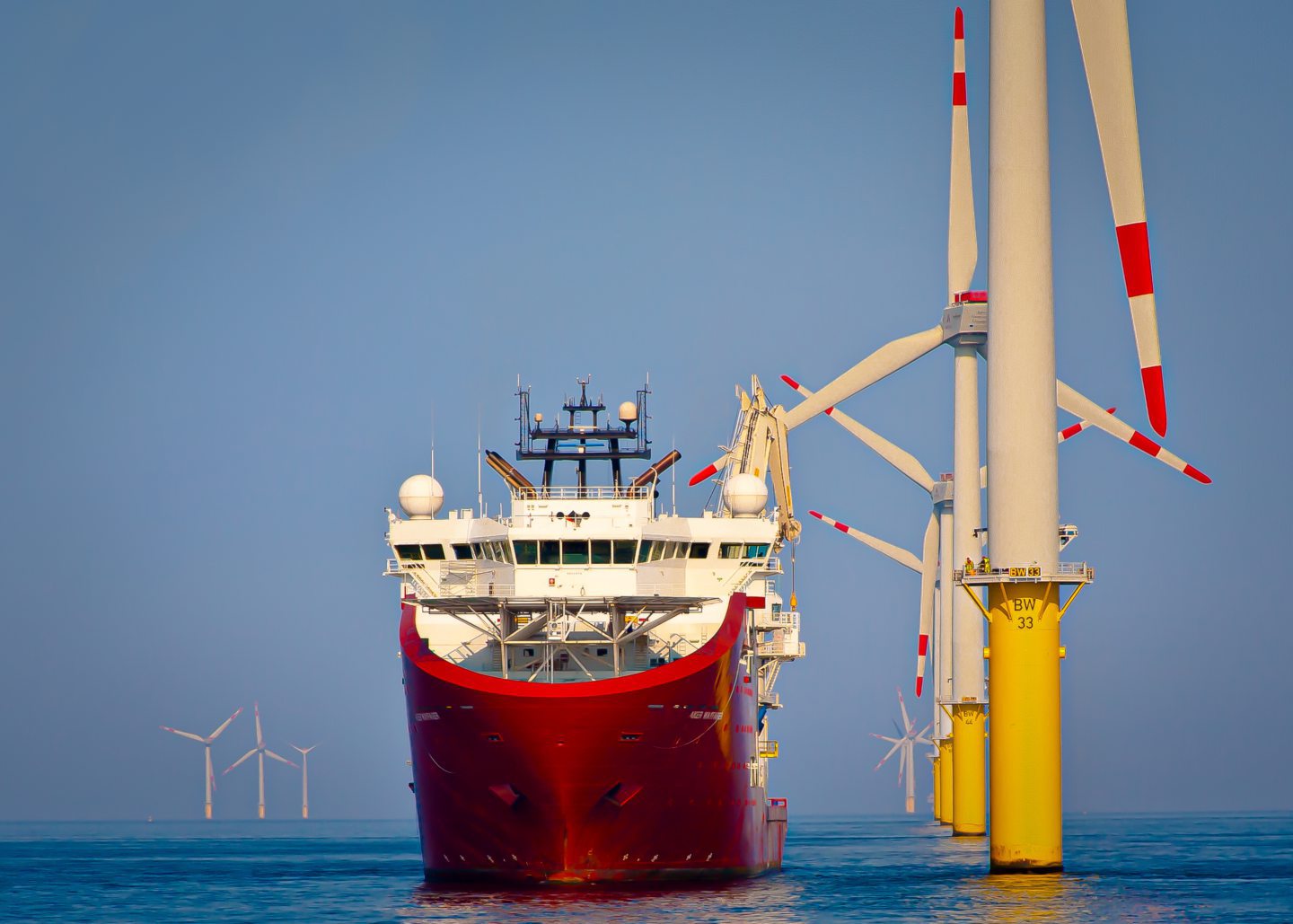 © Shutterstock
© Shutterstock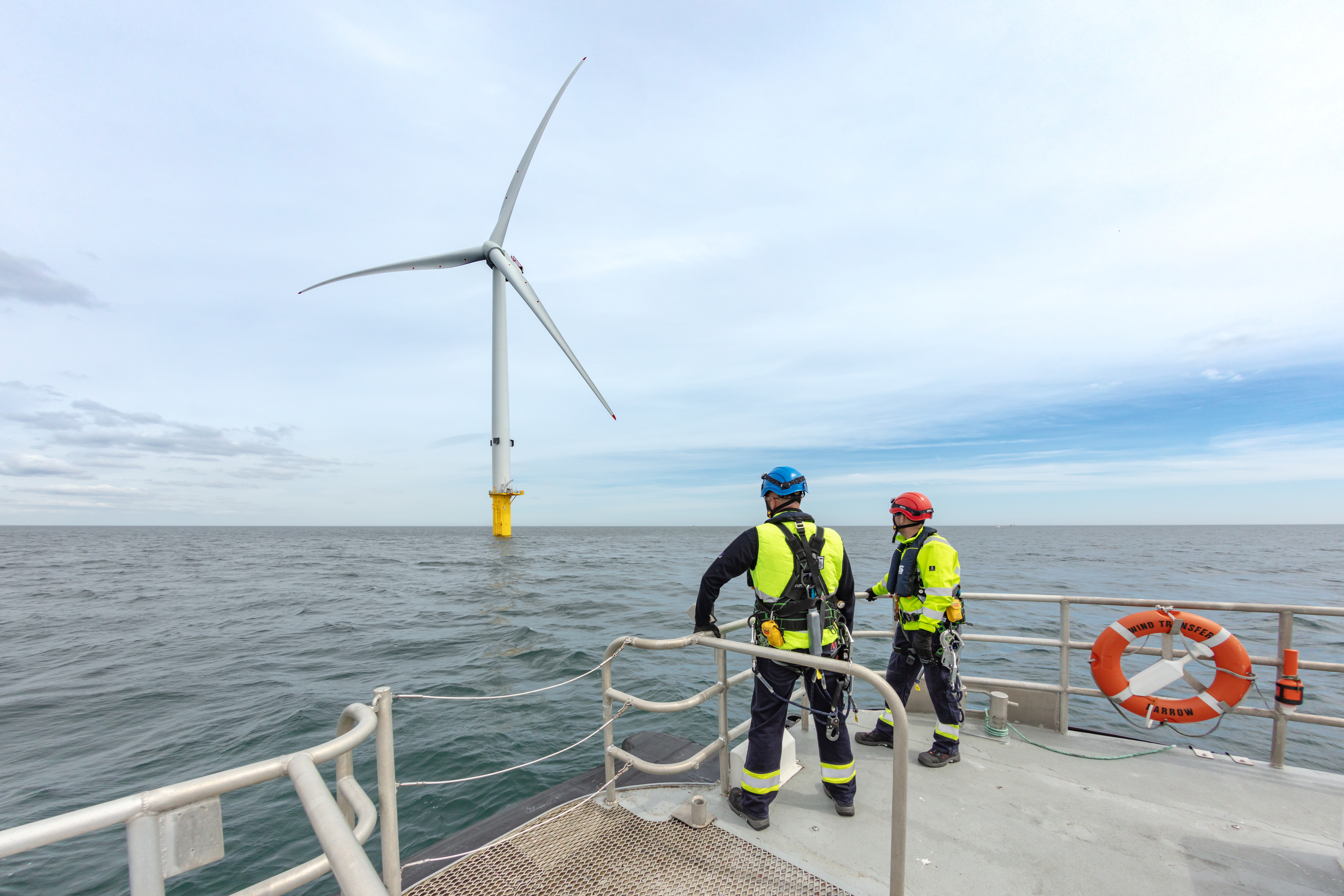
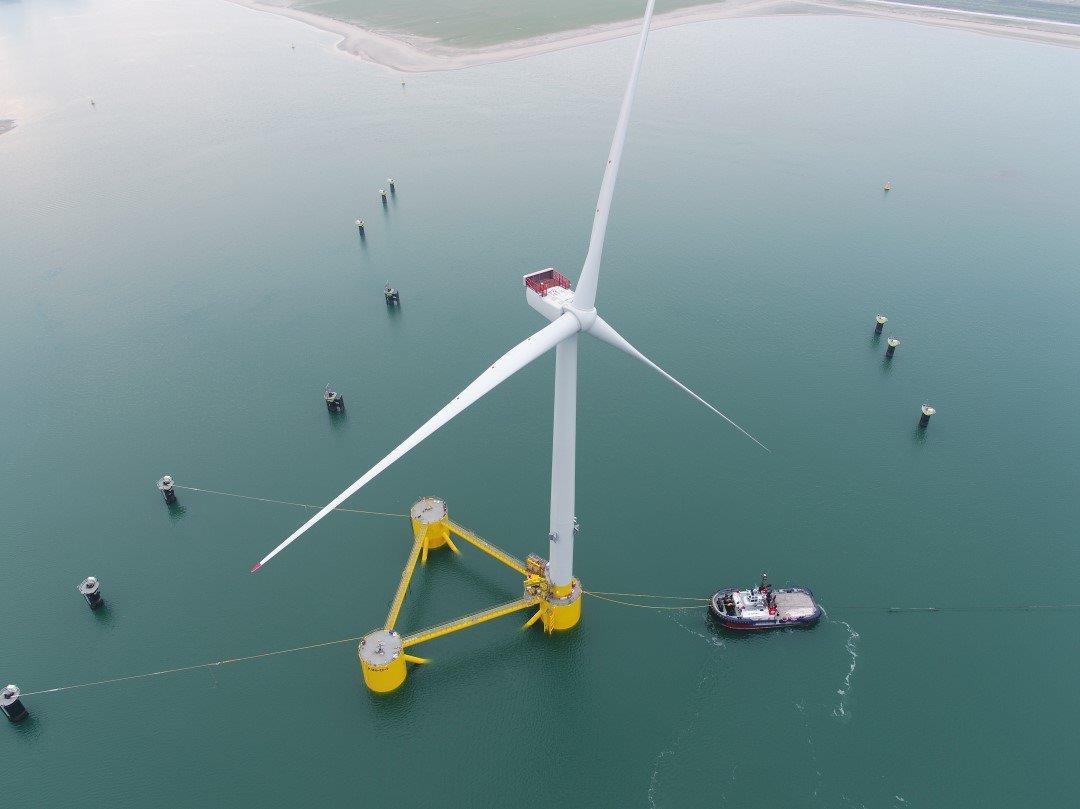 © Supplied by Statkraft
© Supplied by Statkraft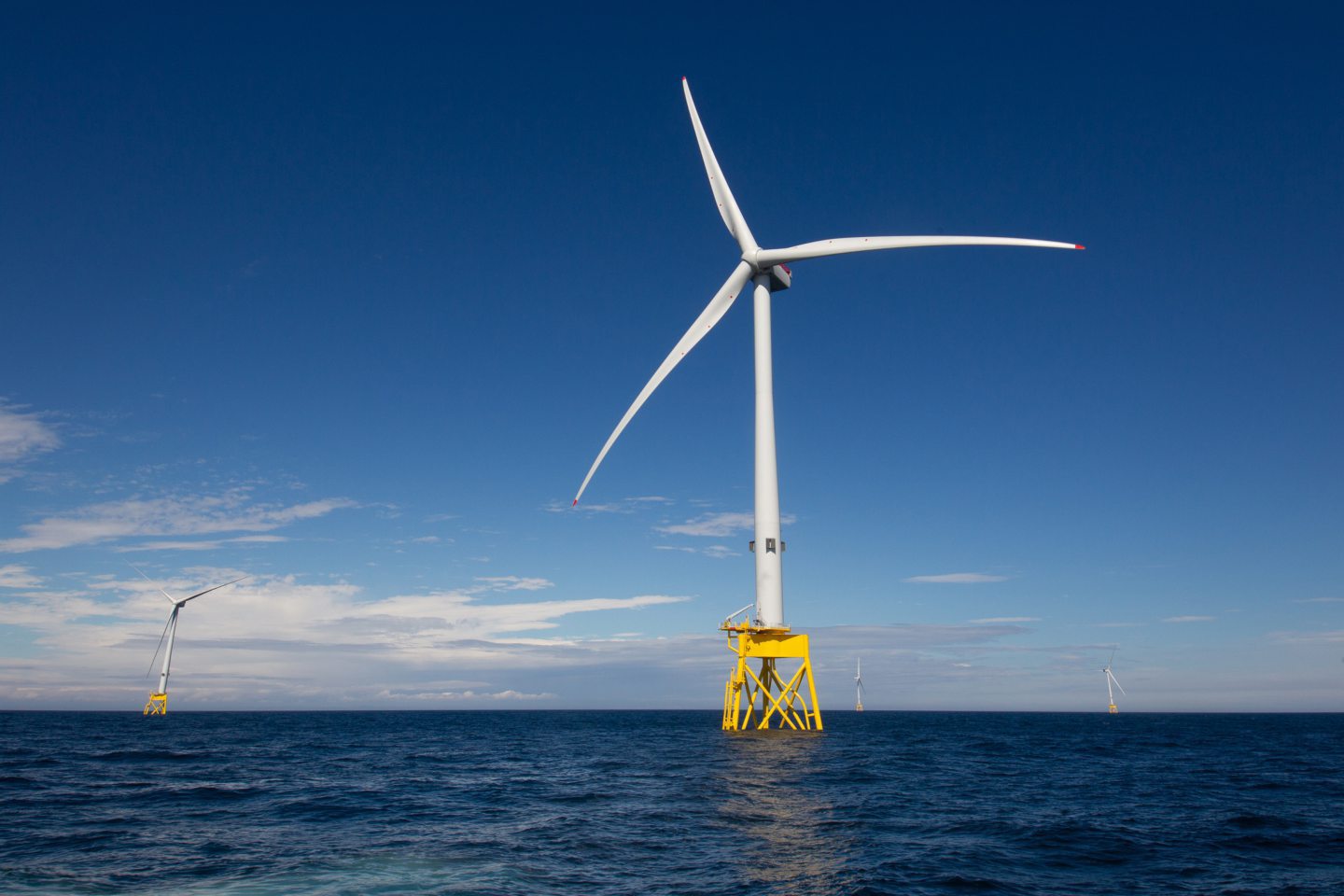 © Supplied by SSE Renewables
© Supplied by SSE Renewables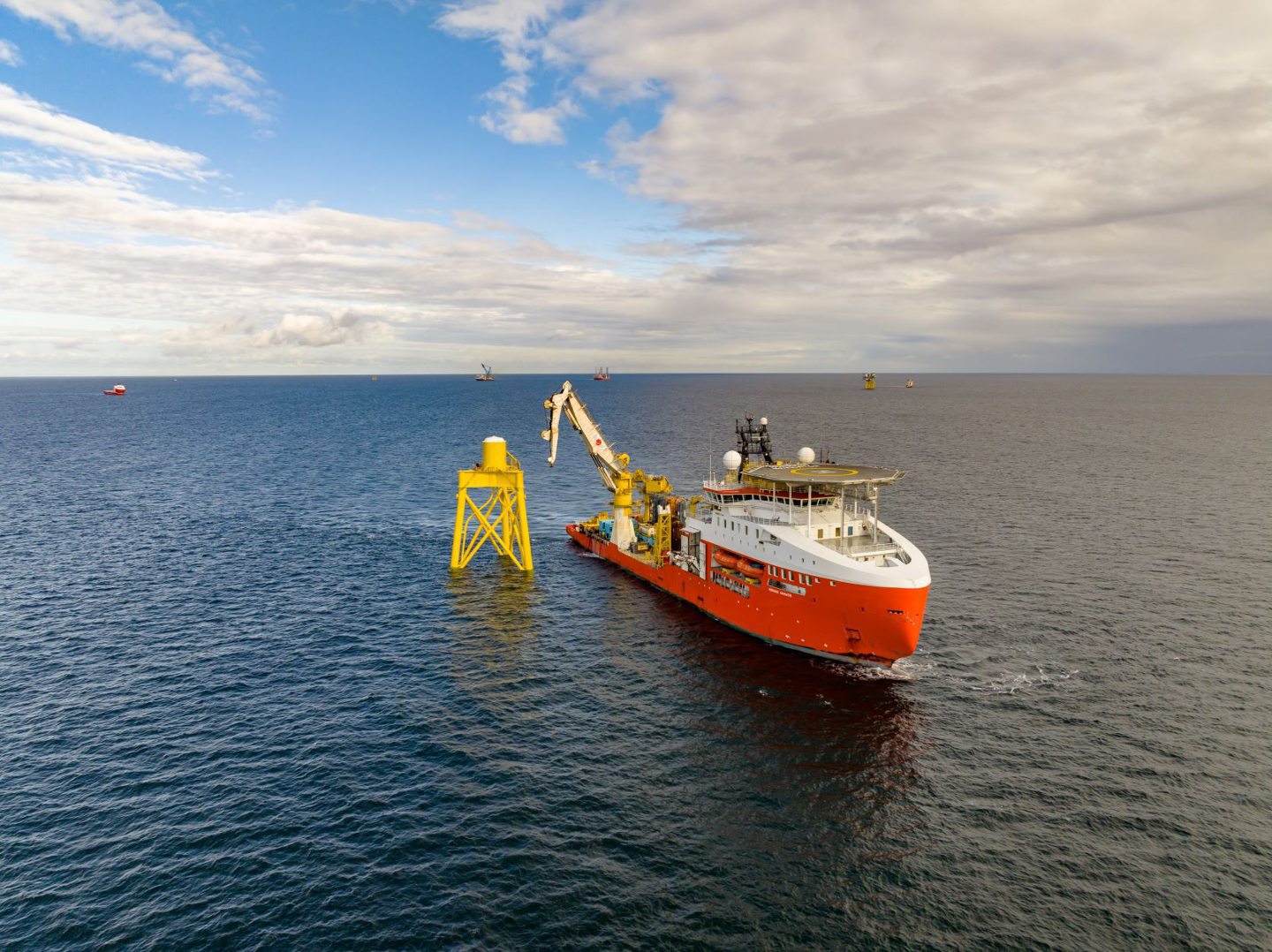 © Supplied by Neart na Gaoithe
© Supplied by Neart na Gaoithe